Predictive
Quality

On this page you will learn how you can use predictive quality methods to speed up processes, reduce workload and at the same time save costs.
The current quality management situation in many companies
In many companies, the workload, and costs for quality increase. Many quality problems and quality-related costs arise due to a lack of data, either because the data is not available early enough or it’s not used.
The costs caused by products with insufficient quality are already between 10% and 15% of operating costs in companies with a solid business (source: PwC). And in many companies, costs continue to rise, so it is more important than ever to detect errors at an early stage and to remedy them through product or process improvements.
There have long been impressive examples of companies that successfully implemented these new possibilities and methods in practice. In most cases, these manufacturing companies achieve a reliable product- and process-related increase in quality with a data-driven prediction and at the same time reduce costs. These methods are part of “Predictive Quality”.
What is Predictive Quality?
With the help of predictive quality, you can make the right decisions to improve products and processes in an early stage. Predictive quality consolidates relevant information from different sources. This provides you with valuable insights based on your data. With the help of the Predictive Quality methods, you can evaluate large amounts of data quickly, efficiently and profitably. Innovative technologies such as machine learning are applied and in combination with proven procedures and methods from QM, you gain valuable from these new insights which will help you to decide faster and more precisely.
The four stages of data analysis
Basically, a difference is made between four different phases of data analysis, some of which build on each other: Descriptive Analytics, Diagnostic Analytics, Predictive Analytics and Prescriptive Analytics.
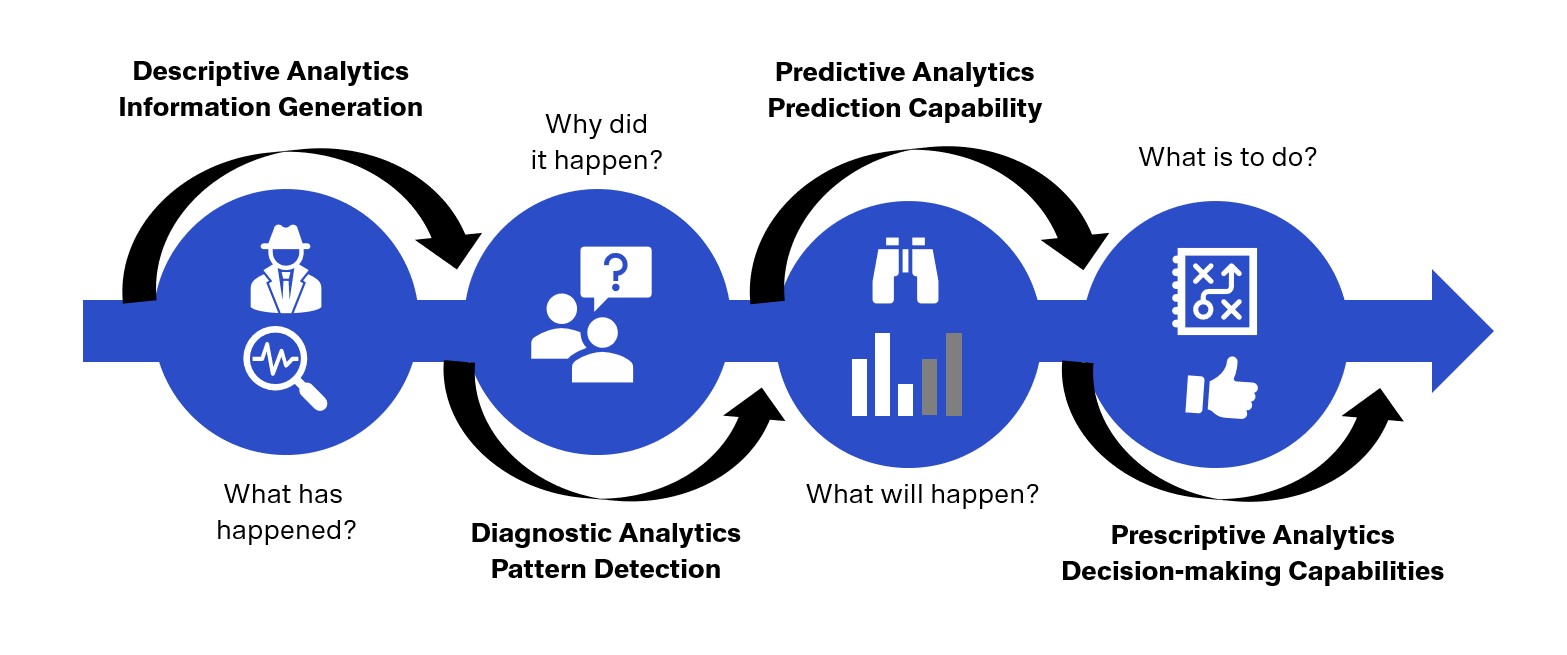
What is Descriptive Analytics?

This procedure describes the interpretation of historical data with the aim of building up a better understanding of a process that lies in the past. The knowledge generated can be used to create and evaluate key figures.

What is Diagnostic Analytics?

Diagnostic analytics aims to identify cause-and-effect relationships between specific events based on historical data. It describes a backward-looking view with which the aim is to identify causes. It involves data from a point in time that can no longer be influenced, which means that the focus is exclusively on historical events.

What is Predictive Analytics?

The focus of predictive analytics is on the observation of events that will occur in the future with a certain probability. Future events or states are forecast on the basis of this data.

What is Prescriptive Analytics?
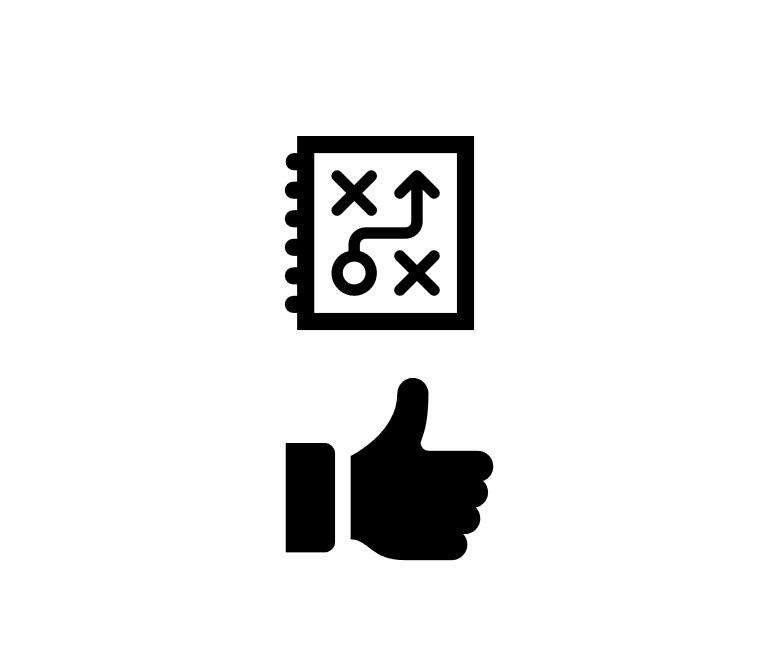
Prescriptive analytics enables conclusions for the automation of decisions and measures – based on the findings of the forecast models. Each stage of data analysis aims to enable the user to act prescriptively – to influence processes in a targeted manner. The differentiation is based on the knowledge with which the information is made available to the user.

How common is the general use of data analytics?
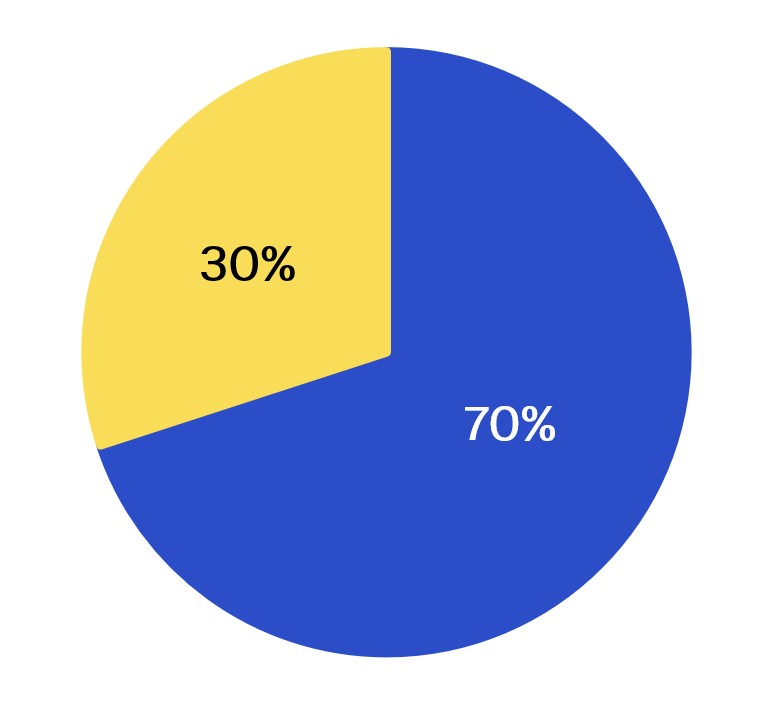
Laut McKinsey Global Institute (MGI) sind in der industriellen Fertigung nur etwa 20 bis 30 Prozent des Potenzials in der Anwendung von Data Analytics Methoden ausgeschöpft.

Which areas are in focus when using predictive quality?
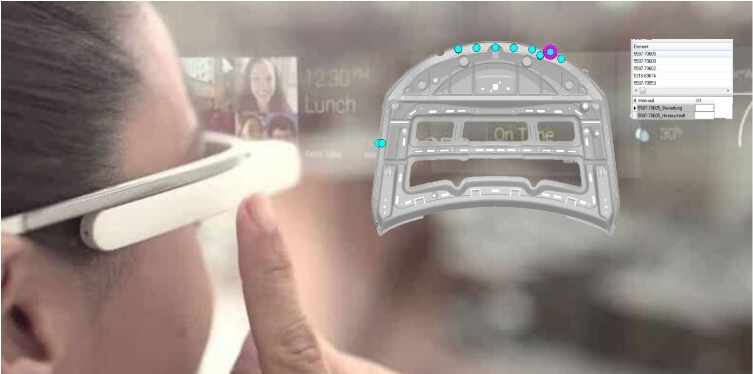
The few companies that already use predictive quality applications and methods today often use them to …
- make production planning more efficient
- increase compliance with deadlines and delivery capability,
- achieve improved process transparency and productivity gains,
- Improve quoting and procurement
- achieve optimized service operations.

Predictive Quality with QDA
Simple examples of Predictive Quality as part of the democratization of QM – involves all levels and delivers value in each case
Quality manager
By using Predictive Quality, the quality manager simultaneously extend the automation of his processes. From taking over the analysis to recommending measures, Predictive Quality supports the quality manager in his core tasks. This saves time, which the quality manager can use for higher-value tasks and / or the discussion and follow-up of measures with, for example, the plant or shift management (in the digital factory).
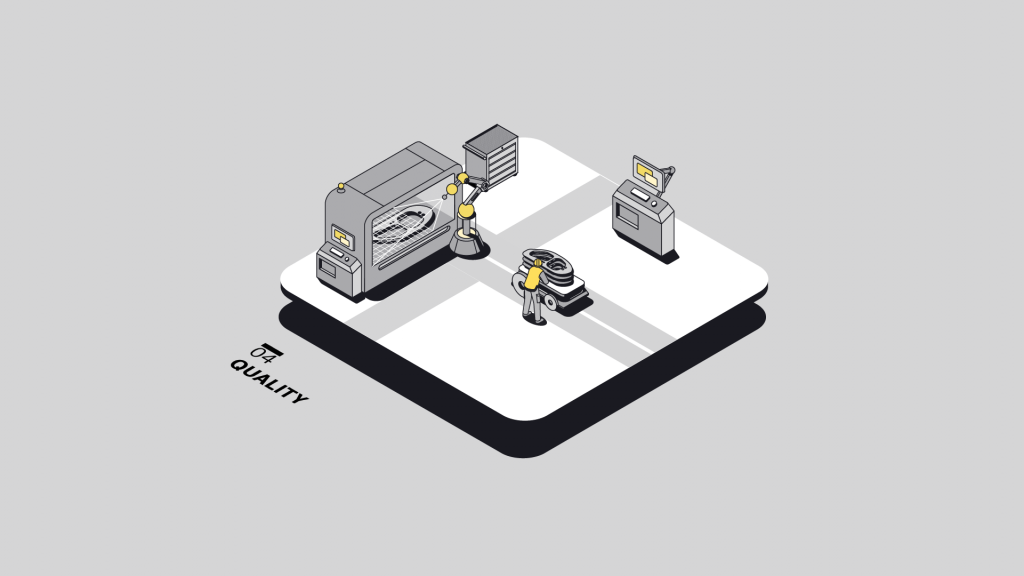
Plant manager and production planner
Plant managers and production planners have predictive quality data in a very early stage to adjust their production.
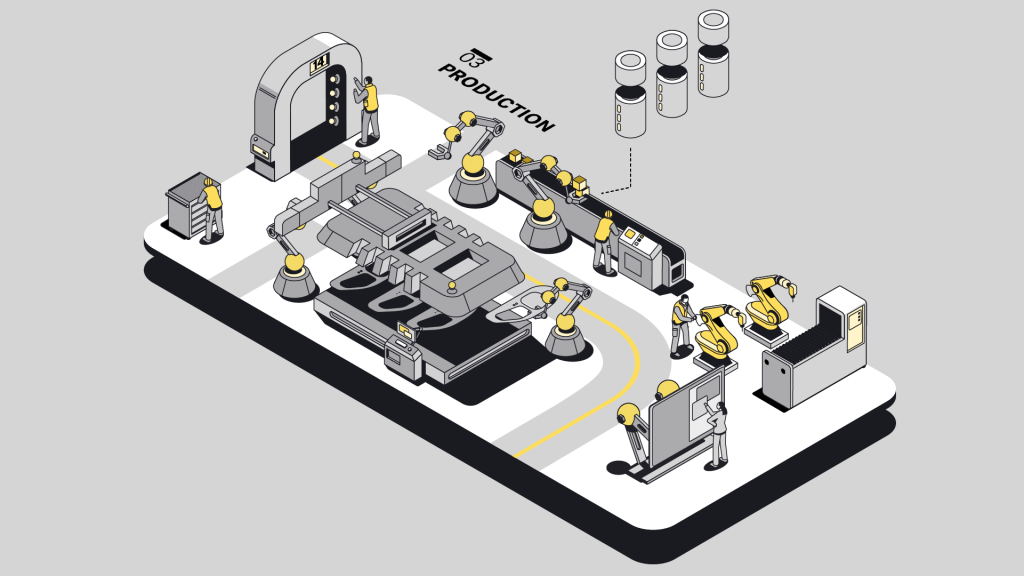
For Worker
solutions can be developed that enable him to make informed, rapid decisions – turning him into a “connected worker”. The basis for these is information and instructions that are based on current data.
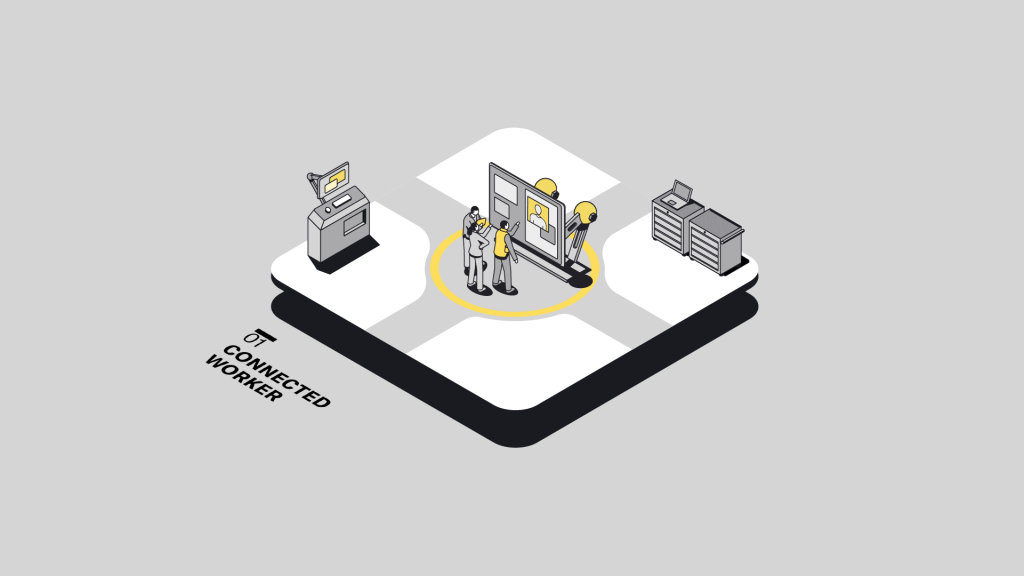
Decision-makers in sales and logistics
receive valuable quality forecast data at an early stage in the event of anticipated changes in the quality level. This means that customers can be informed about delays at an early stage or logistical measures can be rescheduled accordingly.
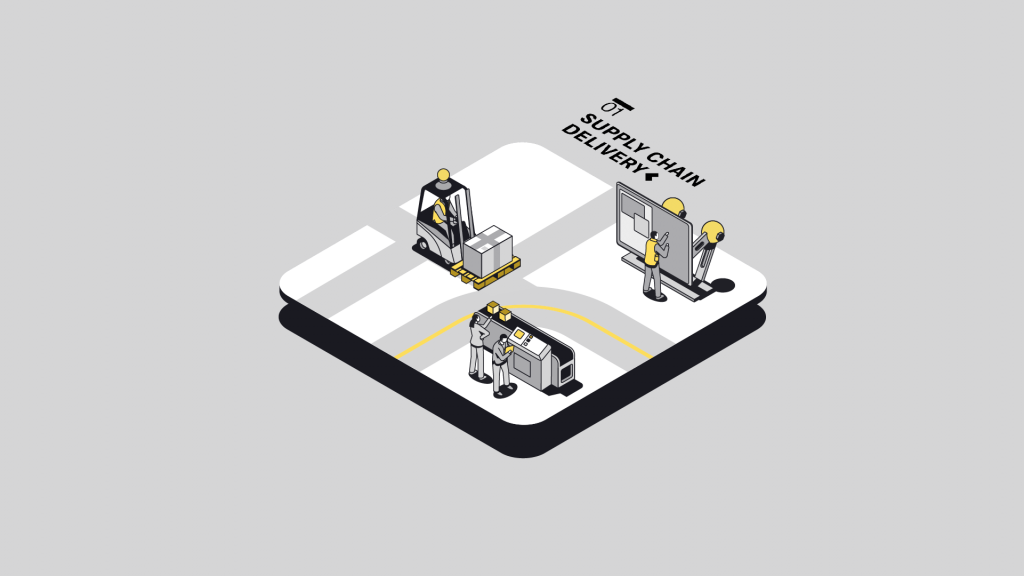
Predictive Quality Example: Decision Automation – Cognitive Reasoning
Approx. 68% less effort in NCM classification through predictive analytics. This involves the processing of complaints using speech recognition / natural language processing (NLP for short) and machine learning.
In the first step a complaint is received (e.g. directly from the customer). The NLP technology “reads” and “understands” the complaint, categorizes the complaint via machine learning on the basis of predefined classes, which determine the process applied in the following. In the process, the correct assignment of the classes improves with each case as the algorithm learns.
In the next step, the system again uses machine learning technology to automatically suggest refunds to customers. For unique cases, fully automated decision making can be performed. In this case, the use of the technologies saves approximately 68% of the process costs related to these two process steps.
The benefits from using this method at a glance:
- Process costs reduced by 68%
- Process cycle times for fully automated decisions reduced by 98%
- Increased customer satisfaction
Conclusion: You get a continuously growing number of happy and satisfied customers and the repurchase rate and sales increase.

Predictive Quality Example: Intelligent image recognition in automotive engineering
Saving 5-6 minutes per vehicle produced by using machine learning and OCR technology for visual inspection.
Image data recognition is used in the process of visual inspection during assembly. The images of a component are compared in milliseconds with hundreds of other images from the same sequence. The system detects deviations from the standard, e.g. parts that are incorrectly positioned or mounted or missing.
Example – Synchronization with inspection plan
Inspection 1: Automatic inspection of the nameplate

Test 2: Selected screws in the engine compartment
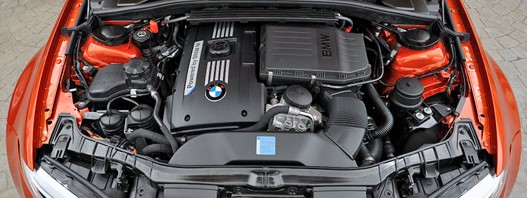
Images are captured automatically with fixed cameras or on a case-by-case basis by the employee. Distance, angle and light have little effect on AI evaluations, which reveal within fractions of a second whether everything is in place or not.
The AI system is trained by employees. The employee supports the system if the image recognition and/or evaluation does not come to a clear result. Thus, the algorithm is trained further and the error-free image recognition becomes better and better over time. The evaluations are fully automatic and the system decides for itself whether a part meets all specifications or not.
Advantages:
- Automation saves approx. 5 minutes per vehicle
- More accurate analysis and fewer errors in the process
- Faster process cycle time
This example also results in higher quality and promotes customer satisfaction – customers are more likely to remain loyal to the brand and make recommendations.

QDA helps you to identify your possibilities via predictive quality methods, to optimize the quality in advance and to save costs directly or to avoid them in the first place.
Contact us, we will be happy to start a free Predictive Quality Assessment with you to analyze if and how Predictive Quality can be used in your company.
Get in touch!
Do you have specific questions about our solutions? Get in touch!

Ludmila Lebedev
Director QDA SOLUTIONS